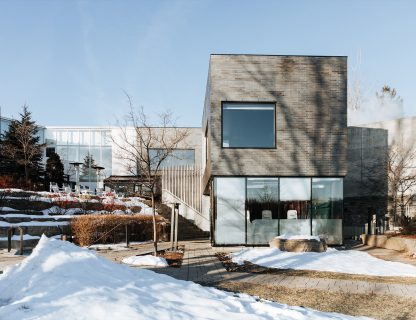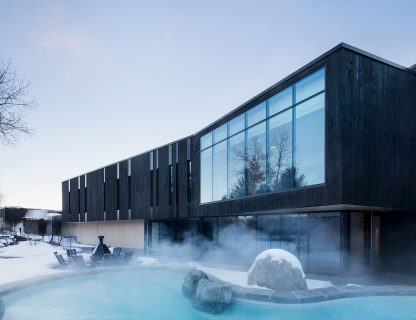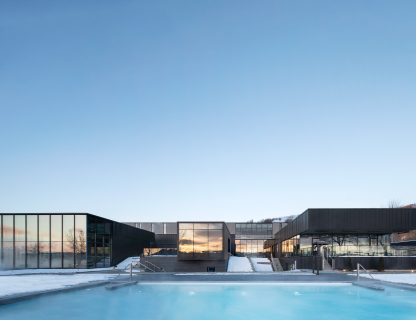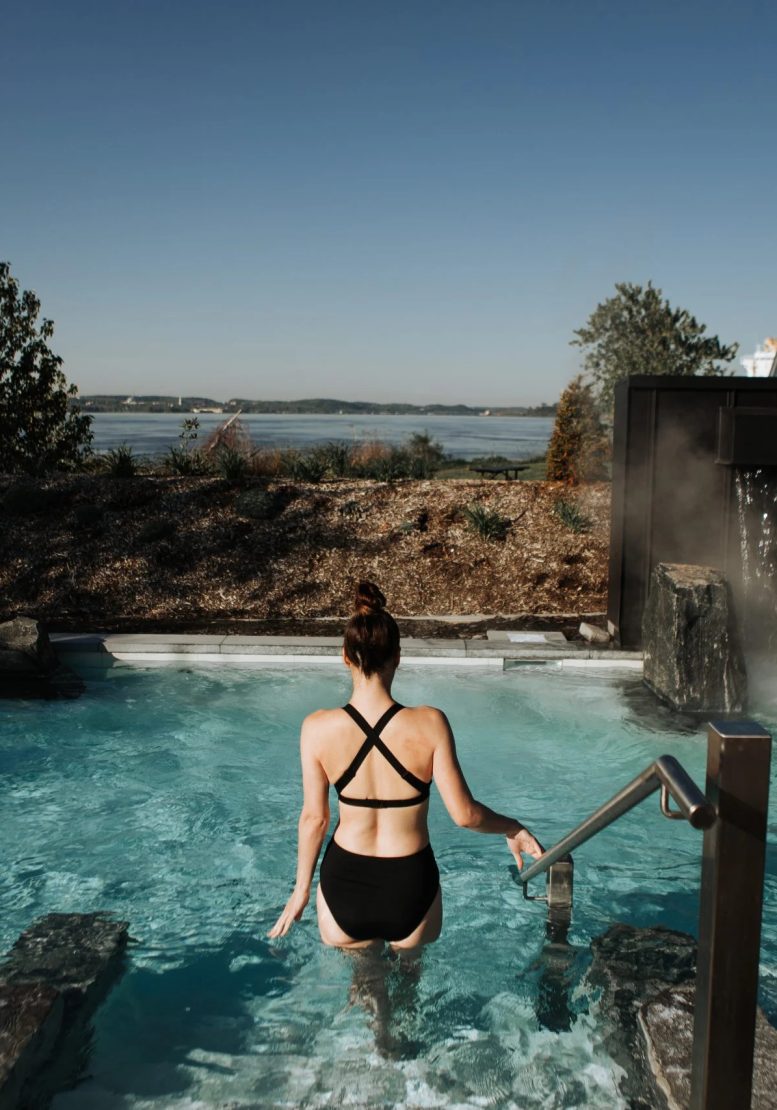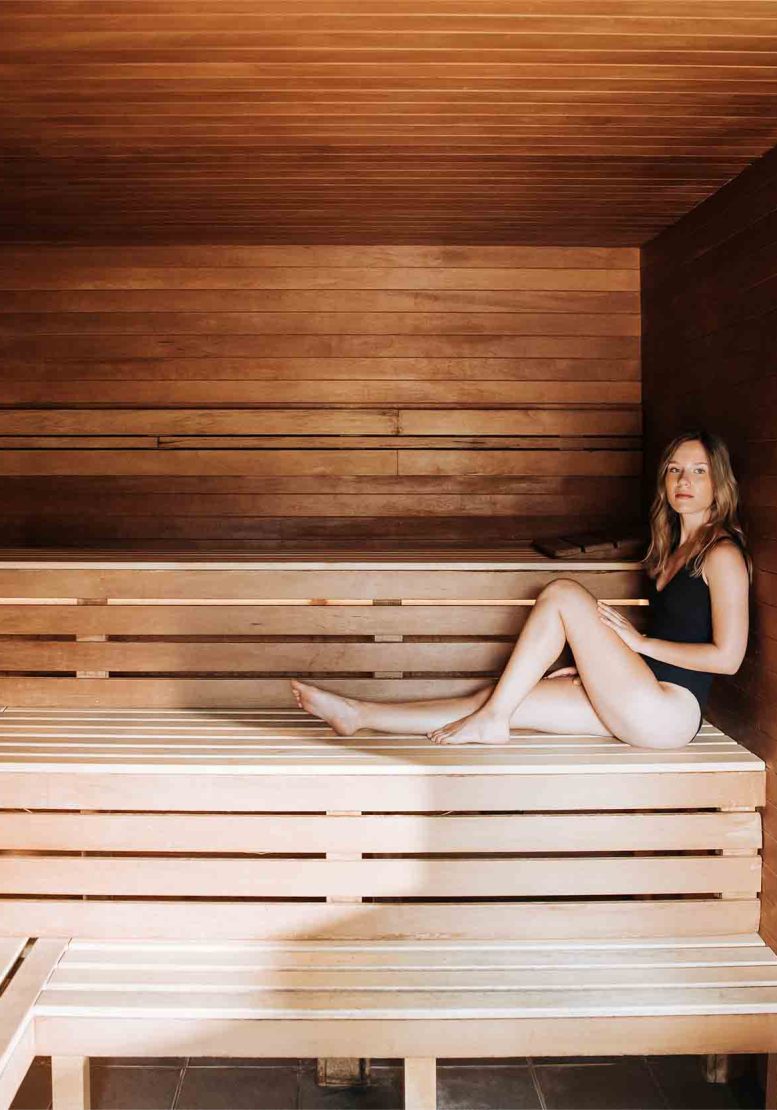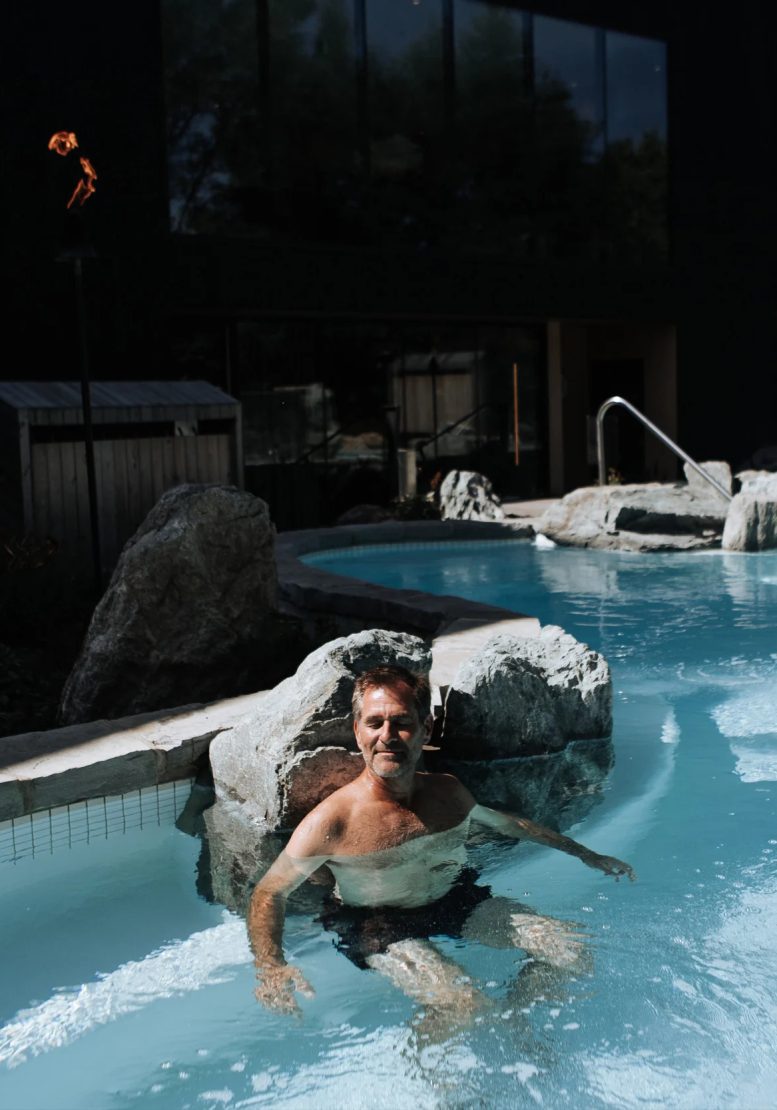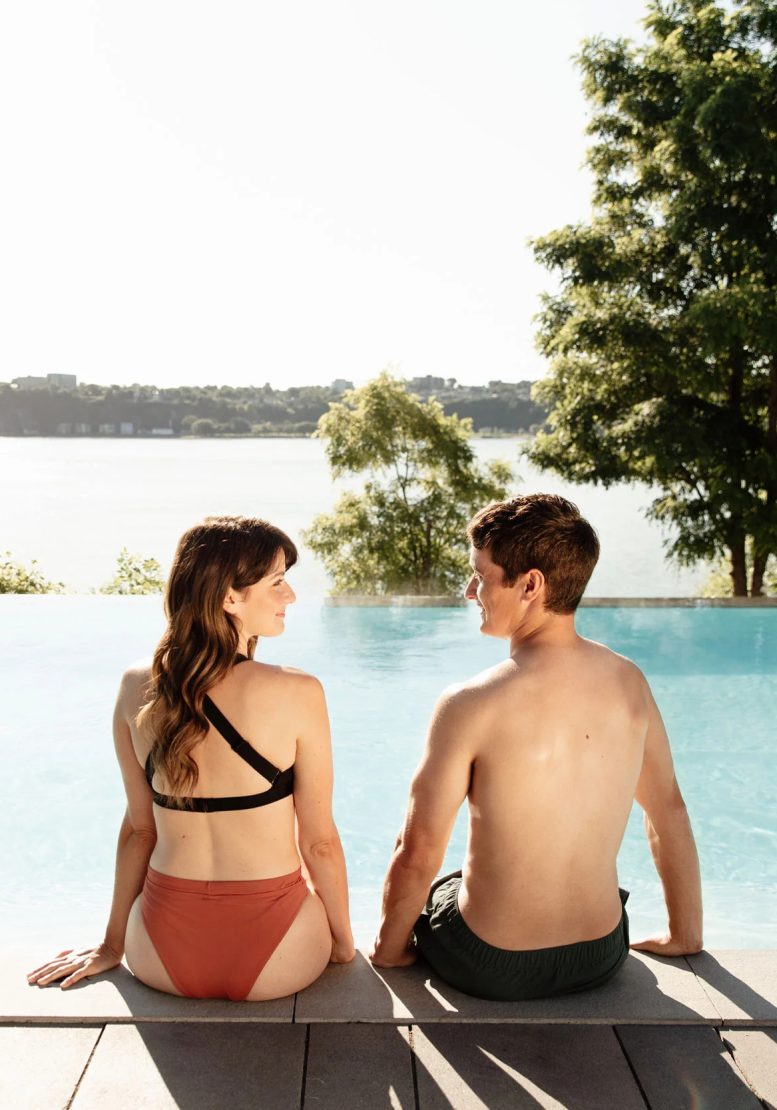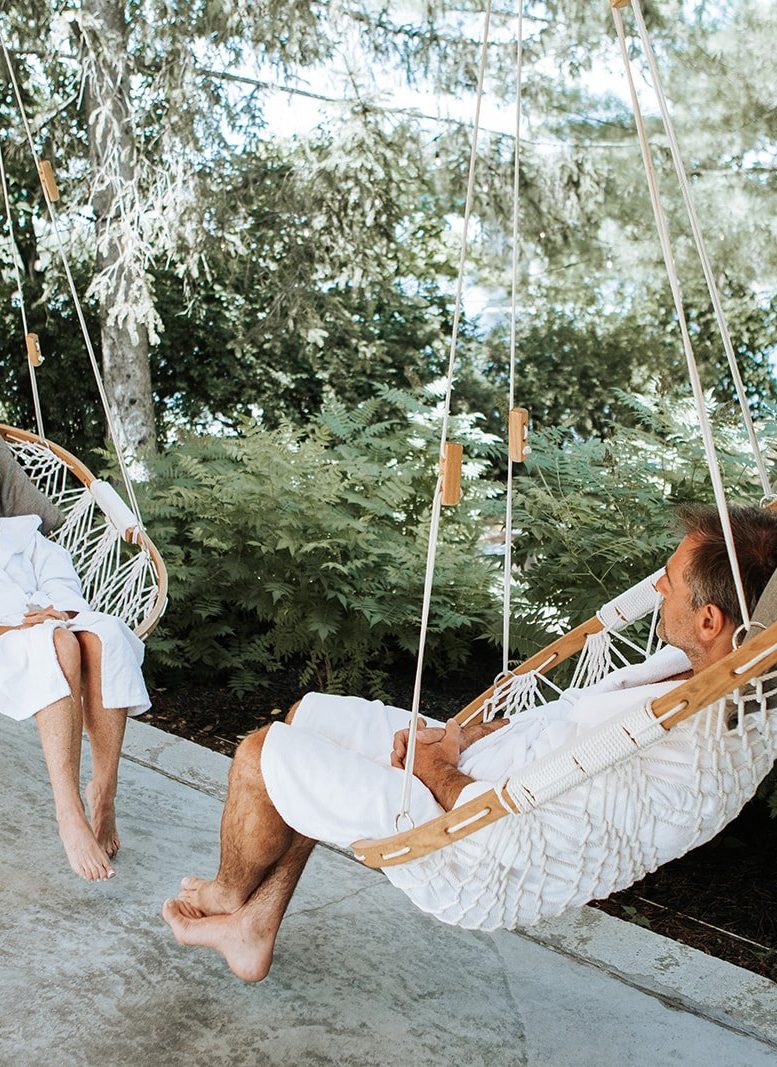Thermotherapy
The power and tranquility of water
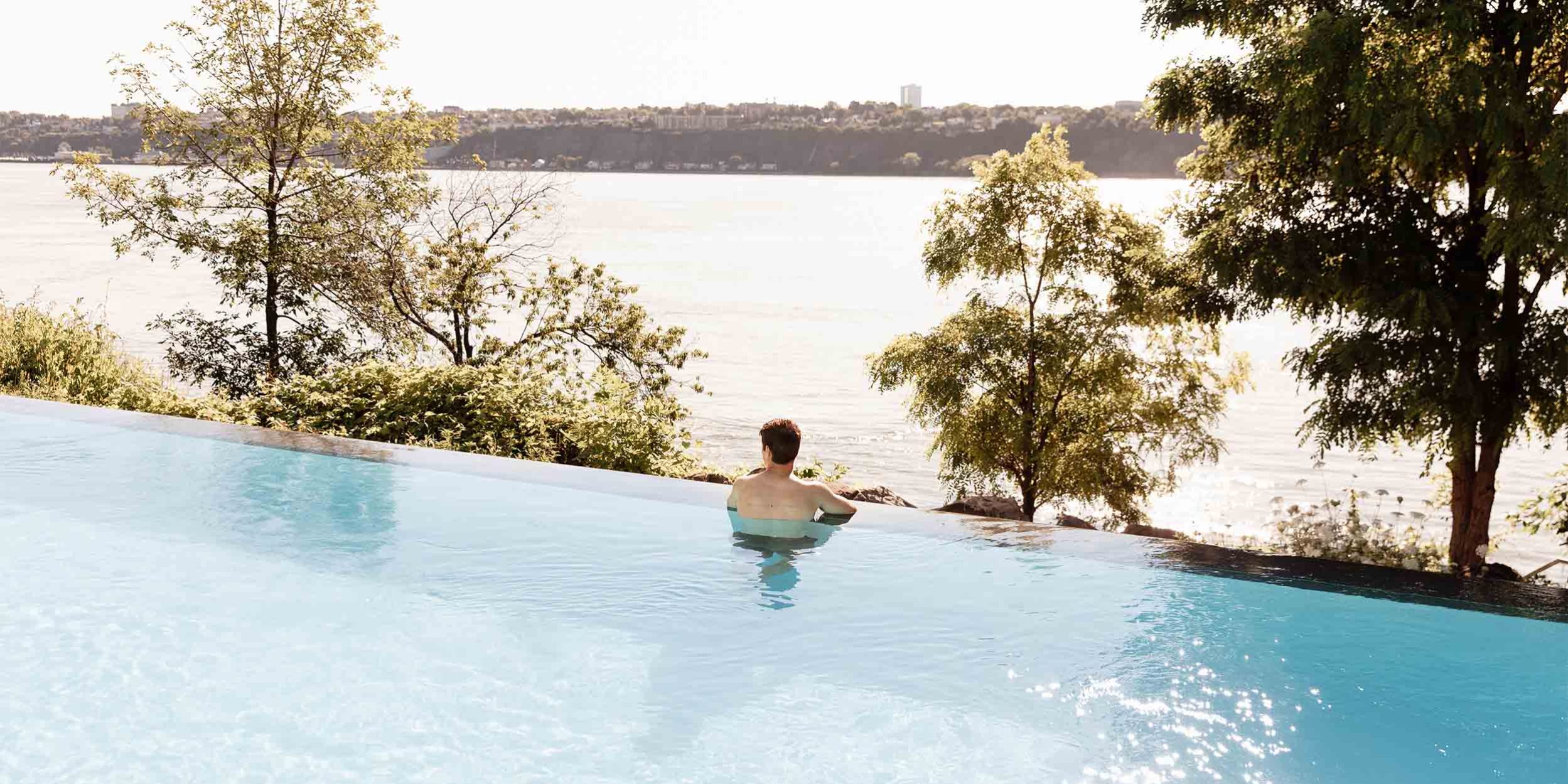
Benefits
The higher heat removes not only the toxins originating in the skin and muscle tissue but also those coming from the metabolism and all the organs. It is therefore a very in-depth cleansing.
By dilating the capillaries, hydrotherapy allows to replenish the skin with nutrients, so it regains its youthful radiance.
Proper blood circulation plays an essential role in maintaining good health. The thermal experience promotes the circulation and therefore helps to treat conditions such as acne, rheumatism and chronic pain.
The extreme temperature difference the body is subjected to during the thermal experience results in a mild fever. The body responds to this state by stimulating its immune system, which is being strengthened and therefore has a better resistance to viruses and is overall in better shape among spa enthusiasts.
The thermal experience helps to fight against insomnia, mild depression and loss of appetite.
Exposure to the thermal experience on a regular basis improves the lung capacity. In spa enthusiasts one is able to observe an increase of the amount of red blood cells that are responsible for the transport of oxygen in the blood.
